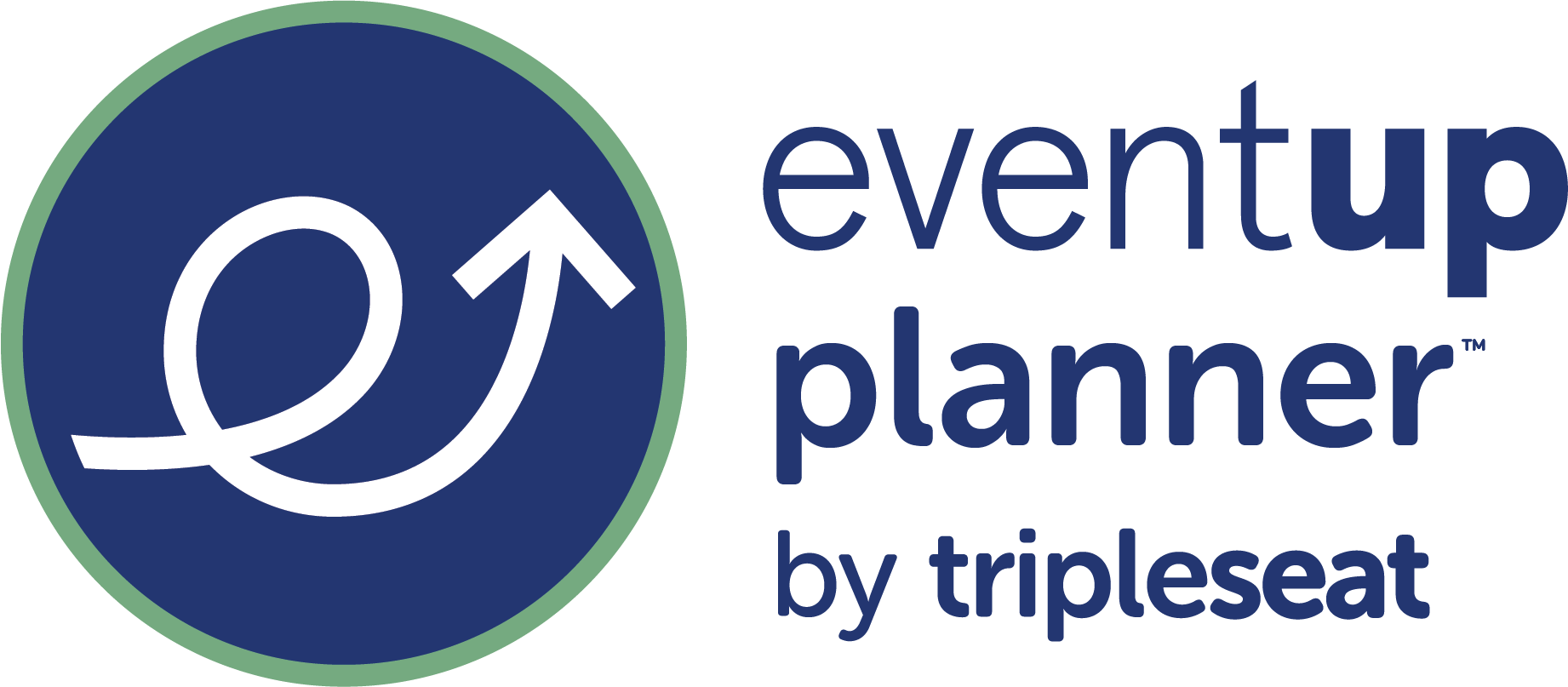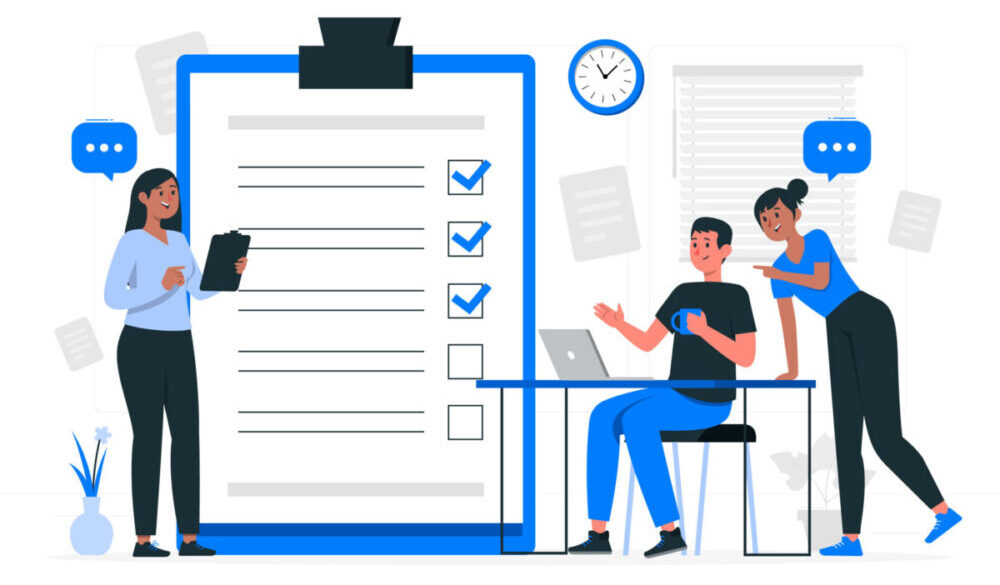Patients are among your healthcare facilities’ most passionate supporters. They’ve directly benefited from your organization’s care and formed genuine bonds with your healthcare staff. As a result, many patients are motivated to give back by donating.
One of the most effective ways to harness patients’ passion and engage them in healthcare fundraising is by hosting events. Events provide a unique opportunity to promote your cause, generate support from patients, and show appreciation for patient donors. Plus, your healthcare and fundraising staff can meet with patients in person to form more personal relationships and strengthen their ties to your organization.
This guide will explore these five strategies for engaging patients in healthcare fundraising events:
- Identify highly engaged patients to invite.
- Plan an inclusive event.
- Offer opportunities for patients to tell their stories.
- Use multichannel marketing.
- Recognize patient contributions.
Highly engaged patients can become some of your nonprofit’s top donors. The key to connecting with them is to identify the right prospects and reach out in ways that resonate with them.
1. Identify Highly Engaged Patients To Invite
When planning an event, you might conduct a variety of general outreach activities to drive registrations, such as sending emails to your entire subscriber list or posting on social media. In addition to this widespread marketing, targeted outreach can be highly effective for engaging former patients.
Targeted outreach involves finding highly engaged patients who you think would be interested in supporting your fundraising efforts and personally inviting them to your upcoming event.
Use your hospital’s constituent relationship management system (CRM) to identify patients who are past donors, volunteers, or event attendees. These patients have already shown an interest in your philanthropic opportunities and are likely interested in attending your fundraising event.
You can also browse your CRM to identify highly engaged families of patients. Search for family members who have donated or supported your healthcare organization in a peer-to-peer fundraising campaign.
Personally invite these individuals to your event with a tailored email or handwritten event invitation. Reference their past interactions with your healthcare organization, whether through donating, volunteering, or another activity. Let them know how your upcoming event intersects with their interests.
For example, you could write something like:
Hi Meredith,
This is Jennifer from Healing Hearts Children’s Hospital. I wanted to reach out to personally invite you to our upcoming Summer Splash fundraising auction. We so appreciate your continued involvement in supporting our mission, whether through your volunteer efforts or social media advocacy. Our upcoming event will be a great opportunity to connect with other former patients, hospital staff, and others in our healthcare community to support children in need. Please RSVP at the link below. We hope to see you there!
A message like this fosters a personal connection, shows appreciation, highlights the benefits of attending the event, and provides a convenient way to register.
2. Plan An Inclusive Event
About 13% of the U.S. adult population has a disability. Therefore, your patient community is likely made up of individuals with diverse accessibility needs and backgrounds. Open the door for more patients to join your event by making it as accessible and inclusive as possible.
Create a welcoming environment by:
- Offering in-person and virtual engagement options. Not all patients may be able to join your event in person. However, you can bring the experience to a wider audience by offering a virtual option. Find an event platform that allows you to livestream your event for attendees who want to tune in from home.
- Ensuring your physical event space is accessible. For example, make sure your event can be fully accessed by attendees who use wheelchairs or walkers. Create wide walkways between tables and ensure your venue is completely ADA-compliant. Provide quiet rooms for those who may need to leave the main event area for any reason, such as attendees with sensory needs.
- Providing translation services. Your patients may not all speak English as a first language. Consider the language diversity within your primary audience to determine the type of interpretation services to offer. For example, if many of your patients are Deaf or hard of hearing, provide an on-site sign-language interpreter.
Taking these measures shows patients that you care about creating an inclusive environment and want to make sure they’re as comfortable as possible at your event.
3. Offer Opportunities For Patients To Tell Their Stories
Stories are incredibly powerful. They can create emotional connections and inspire someone to become a long-term supporter of your cause.
Plus, stories are more memorable than facts alone. Neuroscience researcher Paul J. Zak found that “character-driven stories with emotional content result in a better understanding of the key points a speaker wishes to make and enable better recall of these points weeks later.”
Make your fundraising event more engaging and fulfilling for patients by inviting them to share their stories with other attendees. For example, you could offer opportunities like:
- Small group discussions that allow patients to share their stories with others who have had similar experiences
- Talks or seminars where patients and healthcare professionals share their stories
- Written testimonials where patients share their stories on small pieces of paper and pin them to a large wall
This is another opportunity where your organization’s fundraising tools can come in handy. For example, you can use AI fundraising solutions to identify highly engaged patients who have shared their stories on other platforms, such as social media or your website’s blog. Because these patients have already expressed strong support for your mission, you can invite them to share their stories at your event or become donors themselves.
Provide plenty of donation opportunities throughout your event so that attendees who are inspired to give can do so immediately. Offer a QR code to your online donation page, opportunities to submit check donations, and the ability to contribute via a card reader or mobile payment processing device managed by one of your staff members.
4. Use Multichannel Marketing
Patients each prefer different communication channels, and preferences often fall along generational lines. For example, Baby Boomers prefer face-to-face communications or phone calls, while younger generations like Gen Z are more comfortable using social media.
With this in mind, using a multichannel marketing strategy will help reach different audiences more effectively. Promote your event using channels like:
- Email: Send event reminders and the registration link to make it easy for patients to RSVP.
- Social media: Share event previews or a behind-the-scenes look at your event preparation process to generate buzz on social media.
- Your website: Make your event information page easy to find using buttons and calls to action on your website’s homepage.
- Direct mail: Send personalized event invites directly to your most involved patients.
- Flyers: Post event flyers in your facilities’ waiting rooms or entryways.
Increasing event registrations requires promoting your event as an experience that will benefit attendees, not just your organization. To get an idea of what those benefits are, Kanopi’s guide to healthcare web design recommends putting yourself in patients’ shoes when designing online marketing materials. Consider what would influence your audience to see your event as a can’t-miss experience, and incorporate those elements into your marketing efforts.
For example, perhaps your event will feature a special performance from a famous musician or free refreshments and a talented DJ. Or, maybe your event is your region’s largest awareness walk for heart disease. Find the unique element that sets your experience apart to inspire more interest.
5. Recognize Patient Contributions
Fundraising research has shown that 13% of donors stop giving because they don’t receive any acknowledgment for their gifts. By showing appreciation for donors’ gifts, you’ll inspire them to continue giving and show prospective donors that your organization prioritizes donor recognition.
Because of the special relationship between patient donors and your healthcare institution, your appreciation efforts should feel thorough and genuine. Show gratitude to patient donors with recognition efforts such as:
- Awards. Offer awards to top patient donors or patients who have contributed the most to your hospital through peer-to-peer fundraising. Allow them to share their story at your event if they feel comfortable.
- Speeches from doctors or nurses. According to BWF’s healthcare fundraising guide, healthcare professionals “play an essential role in creating positive patient experiences.” Fostering trust between healthcare professionals and patients is essential to engage more patients in your fundraisers. At your fundraising event, invite doctors, nurses, and other healthcare staff to speak in front of attendees, thank donors for their contributions, and highlight donors’ accomplishments.
- Appreciation videos. Compile gratitude messages from healthcare professionals and other patients who have been supported by donations. Play the videos throughout your event to generate fundraising momentum and inspire mid-event donations.
In addition to these public recognition methods, show the impact of patient donations. For example, send patient donors information about how many other patients were supported through their monetary gifts. You could say something like, “Your $300 gift can help provide personal hygiene items for eight patients.” This helps connect fundraising directly to positive results for real patients, showing donors that their gifts matter.
Many patients may be inspired to give back to your institution but don’t know the best ways to make an impact. By engaging patients in fundraising events, you can show the impact of financial gifts, inspire more donations, and provide convenient ways to donate. A positive event experience can turn patients into lifetime donors, so use these tips to plan a fulfilling, engaging opportunity.
Make attendees gather with ease. From small to large and complex events – plan and manage all of your events in one flexible platform – Attendease.













